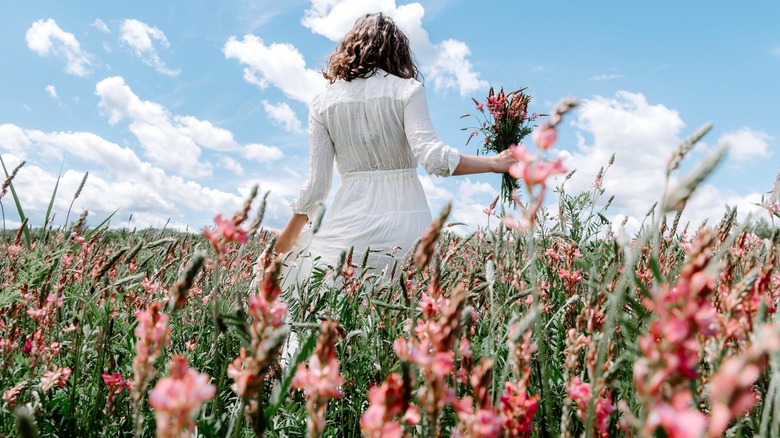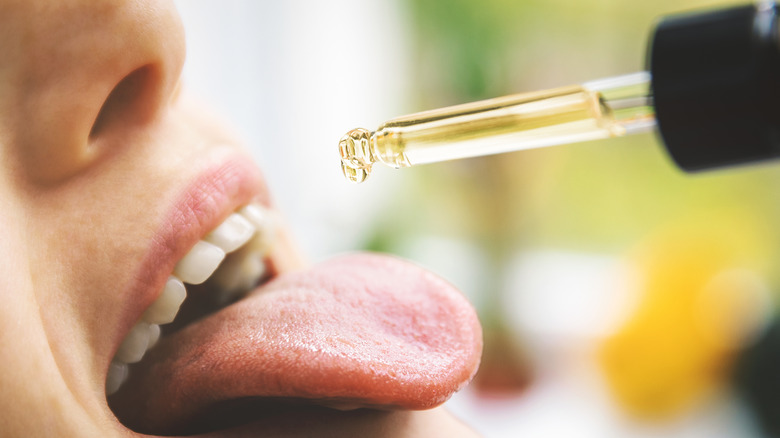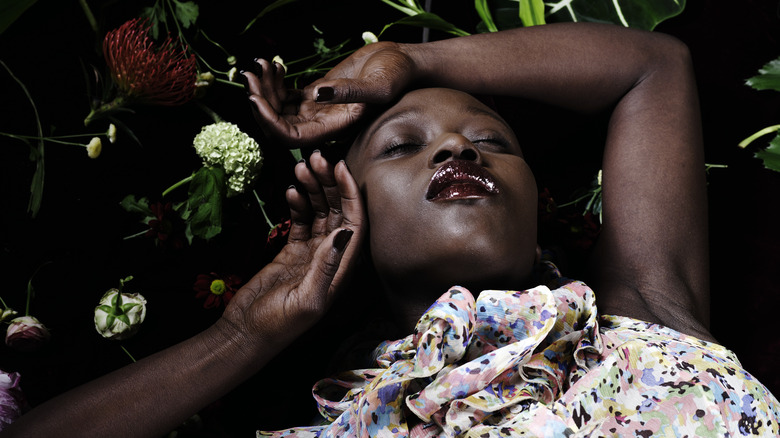Flower Essences: What Are They And How Can You Use The Botanical Tinctures For Healing?
One of the easiest things to do is change our mood by ingesting something. Coffee, alcohol, food, and drugs work pretty quickly and their effects are noticeable; a feast makes us sleepy, caffeine brightens our energy, and alcohol and drugs have multiple effects. Flower essences may not immediately come to mind when considering what to take to improve emotional health, but they're a subtle medicine, incredibly safe, and non-toxic.
English-born surgeon Edward Bach left traditional medicine because he felt frustrated that only symptoms were being treated, not the cause of the illness. A pioneer in what today some might call energy medicine, he recognized that imbalances between the body and mind would create negative emotional states and that those states could later result in illness. Today we know much more about the connection between emotions and health. For instance, there are incredible benefits of a good cry.
In the 1930s, using himself as a subject, Bach plunged himself into a spectrum of challenging emotional states and experimented with different flower essences until he found the antidote to each negative emotion. Flower essences are made by steeping wildflowers in spring water using the sun or by boiling them, then preserving them with grape brandy or glycerin. The flower is then completely discarded, leaving its vibratory energy behind.
How to use flower essences
Before you use flower essences, know that we're talking about a subtle, nuanced approach to emotional balancing that needs your observational skills. We're used to instant everything, from a jolt of espresso to Google results, but working with gentle, non-psychoactive plant medicine requires more patience.
There are 38 tinctures to choose from, including remedies for terror, lack of assertiveness, despair, and sadness. For example, for someone who feels overwhelmed by too much responsibility and is depressed, elm is a recommended remedy. Of course, if you've been diagnosed with depression or think you may have it, consult with a therapist in case you also need medication. For anyone who feels hopeless, the Bach remedy gorse is an option. Beyond these few, there's a huge range of treatable conditions.
You can't overdose on flower essences, and if you don't want to ingest the alcohol, there's a non-alcoholic version. The basic dose is four drops under the tongue four times a day. For best results, try this protocol for two to four weeks, and it's best to deal with one troubling emotion at a time unless working with a professional practitioner.
How to get emotional support from the Bach remedies
Because a flower essence is a vibrational medicine, it works best with a different attitude than we might be used to. We often swallow something and wait for it to take effect, a somewhat passive approach. Because the remedies work on your emotions, you'll need to take an active role in monitoring your emotional states, which you might do with a daily journal practice. If journaling doesn't appeal, here are 12 alternatives to traditional journaling that still boast plenty of mental health benefits.
The essences aren't a magic pill to remove a problem, and they don't create a high. The way they work is, at first, they call your attention to the very issue you're trying to solve while also clearing the way for you to work through it. If you do a month-long protocol, there may be some temporary discomfort as the issue surfaces. The more you approach the essences with respect for their delicate energy and choose an issue you genuinely need help with, the better results you're likely to have.
Healthline's blog on flower essences reports that there's little scientific evidence to support their purported benefits. Dr. Bach said, "Disease of the body itself is nothing but the result of the disharmony between soul and mind. Remove the disharmony, and we regain harmony between soul and mind, and the body is once more perfect in all its parts."


